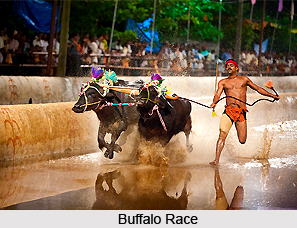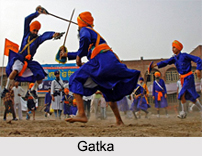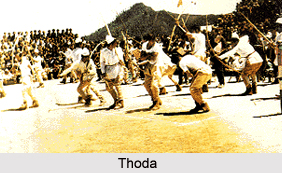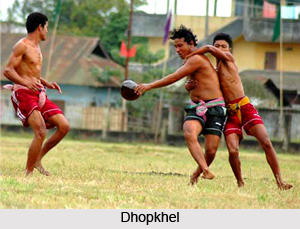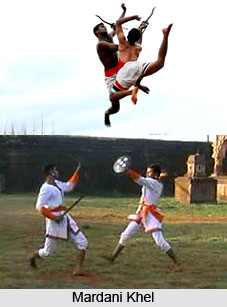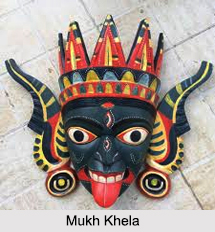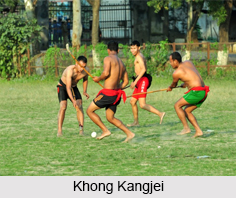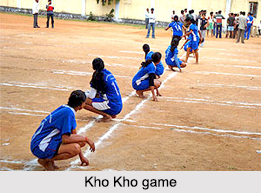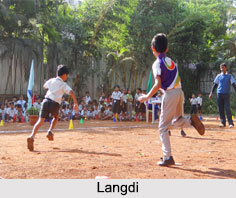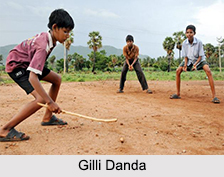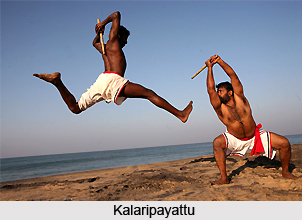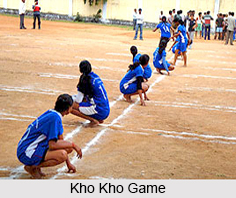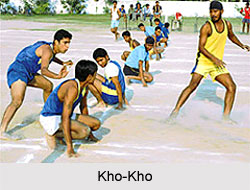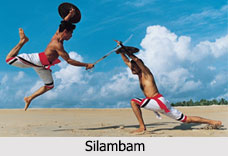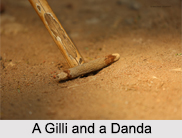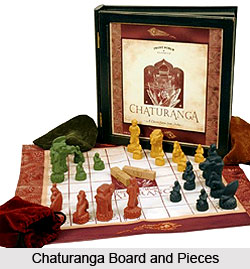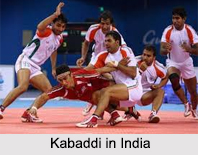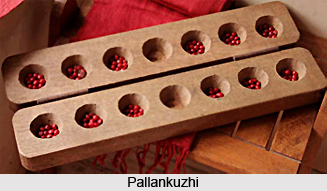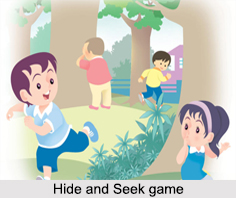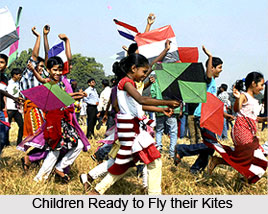 Pattam or kite is an aircraft flown for recreation, art or other practical uses. The tradition of flying kites in India is very old. The generic name for a kite in India is Patang and in Tamil Nadu it is known as pattam. Thousands of kites are flown every year on festivals such as Makar Sankranti. It is said that in the ancient days, the rulers of Lucknow were fond of kites. They used to fly their kites from their palace rooftops. Sawai Ram Singh, the king of Jaipur, was also very fond of kites and commissioned kite factory in the 16th century to specially make kites for him.
Pattam or kite is an aircraft flown for recreation, art or other practical uses. The tradition of flying kites in India is very old. The generic name for a kite in India is Patang and in Tamil Nadu it is known as pattam. Thousands of kites are flown every year on festivals such as Makar Sankranti. It is said that in the ancient days, the rulers of Lucknow were fond of kites. They used to fly their kites from their palace rooftops. Sawai Ram Singh, the king of Jaipur, was also very fond of kites and commissioned kite factory in the 16th century to specially make kites for him.
History of Pattam
The fifth-century BC Chinese philosophers Mozi (also Mo Di) and Lu Ban (also Gongshu Ban) are claimed to be the inventors of kite. It is believed by many people that kites were first brought into India by the Chinese travelers, Fa Hien and Hiuen Tsang. After its introduction into India, the kite further evolved into the fighter kite, known as the patang in India.
Types of Pattam
Generally, the basic shape of Indian kite remains largely unchanged from the diamond. However, there are subtle variations and each has its fervent supporters. Some of the Indian kites are as follows-
Pattam - This is the most common Indian kite. The height/width ratio of this tail-less kite generally is 1:1.2. The edges are reinforced by a thin thread along the circumference of the kite and the overlapping paper is glued back on to the sail. The tail is generally a small double triangular piece of tissue, pasted such that the bottom edge is flush with the level of the sail, with thin bamboo slivers along the outer edges for reinforcement.
Guddi - This kite has a height/width ratio in reverse - 1.2:1 which makes the kite taller than it is wide. The tail in this kite is generally a small tassel of tissue paper.
Dedh Kanni - This kite is broader than the regular Pattam and the height/width ratio tends to be close to 1:1.5. It shares the triangular patch tail with its parent Pattam. This kite is generally used in lower winds.
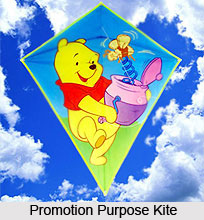
Tukkal - The shape of Tukkal is more similar to the Malaysian Wau than the patang. This kite is very rare to see in the Indian sky except at Kite festivals. Not many people possess the skill to fly it as its twin double-bows make this a very "heavy" kite.
Designs of Pattam
Kites are made in myriad designs including simple geometric designs, stripes and circular or semi-circular designs in contrasting colors. However, the single colour fighter kite, made from a single sheet, remains the favorite for serious kite competitions.
Bridling Techniques of Pattam
Traditionally, the Indian fighter kite flies on a two-point bridle. Firstly, cross holes are made at the top where the spine and the bow intersect. Then a second set of holes is made on either side of the spine at approximately two thirds of the length of the spine. One end of the bridling line is looped through the top holes and knotted tightly, effectively fixing the bow to the spine while the other end is looped through the bottom holes and knotted. This gives an inverted "V" shaped line tied to the kite at both ends.
Now, one has to pinch the twin lines between thumb and forefinger and draw the bottom bridle out along the spine until it reaches approximately 1-1.5 inches above the top tow point (knot). Next, draw the top bridle down to the bottom knot and tie a knot that fixes the relative lengths of the top and bottom bridles, leaving a little loop at the top to which the flying line has to be attached. To make the kite maneuverable, the top bridle needs to be shorter than the bottom.
Kinds of Flying Line
There are two kinds of flying line including the plain cotton line called "Sadda" and the glass coated cutting line called "Manjha". Usually, both the flying lines are used: the Manjha, about 100 yards of it, at the front and then the Sadda. The basic ingredients required for making Manjha are powdered glass, some colour and a binding agent (generally a cooked paste of wheat or rice flour). The cotton thread is strung in eight or ten strands between two poles. The manjha maker walks up and down the length with the paste in his hands, finely coating the threads at each pass until the desired effect is achieved.
Techniques of Flying Indian Kites
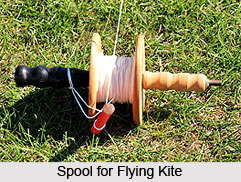 To fly an Indian kite, one has to tie the flying line to the loop at the end of the bridle, a little bend in the spine, approximately one third of the way down, to create a dihedral. The aim is to get the kite into the wind by pulling in the line and then letting it out as the kite catches the wind. The kite will move in the direction its nose is pointing. If one lets the line out, the kite spins as it takes up the slack. And if one stops letting out line, a well-bridled, well-balanced kite will track straight up. In order to move the kite right or left or up or down, one has to simply let out line to make the kite spin. When the nose is pointing in the direction one wants the kite to move, either stop letting out line or pull it in and the kite should move in the desired direction. Once one has mastered the art of flying a kite, one can learn the techniques of kite fighting.
To fly an Indian kite, one has to tie the flying line to the loop at the end of the bridle, a little bend in the spine, approximately one third of the way down, to create a dihedral. The aim is to get the kite into the wind by pulling in the line and then letting it out as the kite catches the wind. The kite will move in the direction its nose is pointing. If one lets the line out, the kite spins as it takes up the slack. And if one stops letting out line, a well-bridled, well-balanced kite will track straight up. In order to move the kite right or left or up or down, one has to simply let out line to make the kite spin. When the nose is pointing in the direction one wants the kite to move, either stop letting out line or pull it in and the kite should move in the desired direction. Once one has mastered the art of flying a kite, one can learn the techniques of kite fighting.
Spools for Controlling Pattam
A spool is a tube created with split pieces of bamboo stuck into two wooden discs with protruding stick handles. It is also known as Charkha. One has to reel in line by putting one handle in the crook of elbow and quickly rotating the spool by turning the other one between thumb and fingers.
